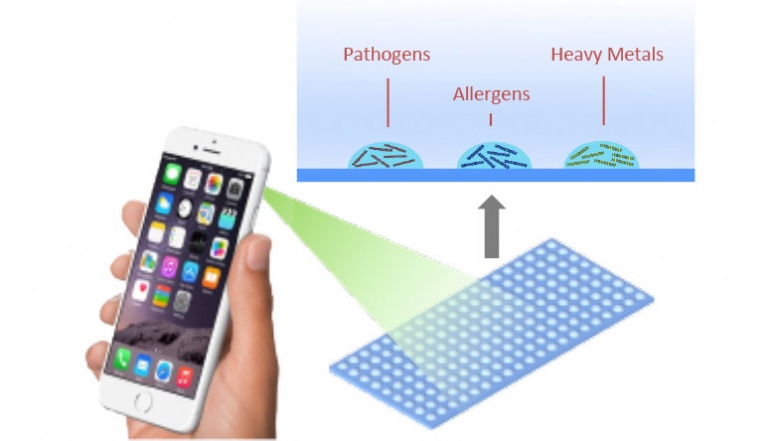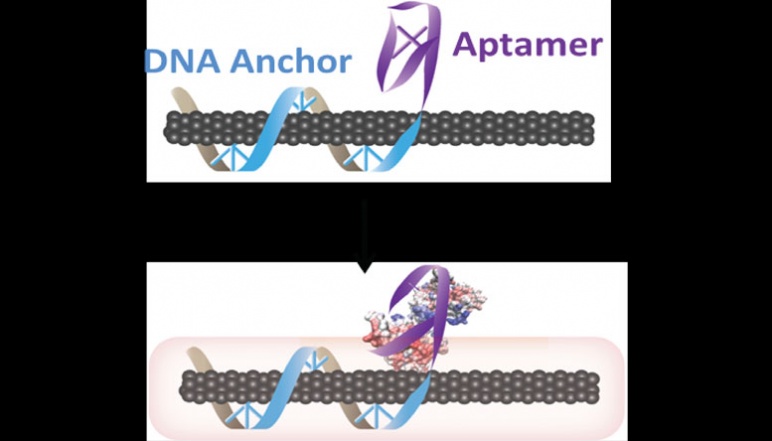Our Research A multiplex, nanosensor platform for the real time monitoring of food and water-borne contaminants

Photo Credit: Strano, Sinskey Research Team

Photo Credit: Strano, Sinskey Research Team
Principal Investigators
Challenge:
How can food and water contaminants be detected, on-site and in real-time, to prevent disease?
Research Strategy
- Engineer nanosensors to detect allergens, pathogens, and heavy metals more rapidly than currently available methods
- Design portable, point-of-use platform
- Develop into consumer-ready technology
Project description
The universal need for water and food safety is stimulating the development of new detection platforms that can identify a wide array of contaminants. Specifically, real-time monitoring of contaminants has become a priority in meeting the need for clean water; similarly, the globalization of our food supply chains has driven the need for new detection platforms that can be employed at the point of consumption.
Food and water contaminants can be categorized into several classes, including bacterial pathogens, heavy metals, and allergens. The scientific communities studying these different contaminants have developed distinct monitoring platforms and approaches, such that technologies that have emerged each address one problem, but not the others. This project seeks a single integrated platform that can address all important food and water contaminants in a low cost, widely deployable nanosensor array. Sensors of nanometer scale have clear advantages for such monitoring, including the ability to be massively multiplexed with low energy consumption and single molecule detection limits. In this project, the research team leveraged new MIT technology to create a single, low-cost, portable, point-of-use platform for the measurement of three categories of food and water contaminants: bacteria, heavy metals, and allergens. These categories were chosen because they involve orthogonal recognition mechanisms, and the integration of all three into a single platform was both enabling and highly efficient. The team chose specific contaminants from each category for the purpose of developing the pilot platform, however, the integration of these three classes of contaminants into a single platform allowed them to address virtually any set of contaminants of importance for food and water security.
Outcomes
- Developed sensors to measure heavy metals and pathogens
- Conducted extensive market research and identified a commercial opportunity for project technology
- Demonstrated multiplexing with bacterial pathogens
- Demonstrated multiplexing with metal contaminatns
Publications
Analysis of multiplexed nanosensor arrays based on near-infrared fluorescent sing-walled carbon nanotubes
Juyao Don, Daniel P. Salem, Jessica H. Sun, Michael S. Strano, ACS Nano, 2018
Ionic strength-mediated phase transitions of surface-adsorbed DNA on single-walled carbon nanotubes
Daniel P. Salem, Xun Gong, Albert Tianxiang Liu, Voldymyr B. Koman, Juyao Dong, and Michael S. Strano, Journal of the American Chemical Society, 2017
News
Additional Details
Impact Areas
- Food
Research Themes
- Sensors & Monitoring
- Technology & Commercialization
- Transforming Food Systems
Year Funded
- 2015
Grant Type
- Solutions Grant
Status
- Completed



